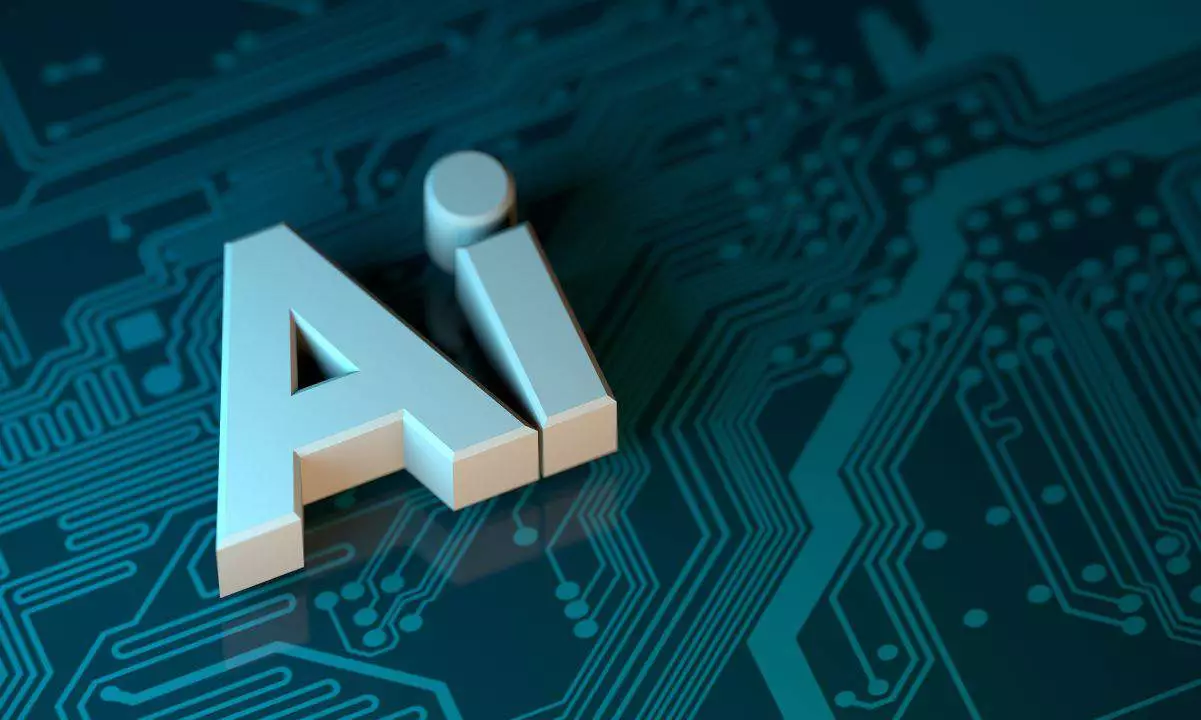In the ever-evolving landscape of cryptocurrency, artificial intelligence-driven projects are gradually carving out a niche that’s fascinating yet underappreciated. With a market capitalization of around $20 billion, this category accounts for a mere 0.67% of the whole cryptocurrency market. While some might scoff at its size relative to the Financials sector’s impressive $519 billion, let’s not undervalue the potential that lies within these fledgling tokens. Just two years ago, the AI crypto space was worth a paltry $4.5 billion, indicating an explosive growth trajectory. However, there’s a subtle irony here: as regulatory frameworks tighten, institutional players like Stripe and Meta take the plunge, promising an upward swing not just for AI tokens but for the entire crypto ecosystem.
Quality vs. Quantity: The Tale of TAO and ElizaOS
While growth is essential, the qualitative nuances between the tokens can’t be ignored. For instance, TAO has proven itself as the standout performer with a modest 2% gain this year, a figure that probably doesn’t grab headlines but speaks volumes about its stability. On the contrary, ElizaOS, with its staggering 80% decline, serves as a cautionary tale. These discrepancies underscore a critical point: investors must practice discernment. The crypto landscape is littered with projects that bubble to the surface only to deflate spectacularly, and this arena is no exception. If we are to see AI-driven crypto emerge as a mainstream player, it’s imperative for stakeholders to dissect these dynamics.
The Role of Stablecoins: The Unsung Heroes of AI?
As suggested in a recent report by Grayscale, stablecoins could soon evolve into the bedrock for powering these AI agents due to their programmable nature. Imagine the implications this could have: efficient, seamless transactions that facilitate real-time interactions among decentralized AI platforms. The yawning gap that currently exists between traditional finance and the cryptocurrency world can be bridged through stablecoins, laying the groundwork for a future where AI and finance coexist harmoniously.
With major companies like Coinbase introducing payment standards that cater to stablecoin usage, the groundwork is already being laid for significant advancements in this vein. Regulatory improvements are on the horizon, which could catalyze the adoption of stablecoins, allowing them to flourish as integral components of the broader crypto ecosystem.
Distributed Training: The Future of AI Development
Distributed training is emerging as an innovative frontier within the AI crypto sector. For instance, companies like Prime Intellect are leveraging vast networks of idle GPUs to train models that far exceed conventional capabilities. By decentralizing this process, we could slash training costs and democratize access to robust AI systems. The implications for accessibility are enormous, prompting smaller players and startups to innovate freely without being shackled by the high operational costs that have historically favored industry giants.
This leads to another crucial aspect of the crypto world—the integration of community-driven projects and shared resources. Robust initiatives in this space may herald a shift where innovation in AI is no longer reserved for those with colossal budgets but is instead a collaborative endeavor among diverse stakeholders.
The Rise of Non-Financial Revenue Models in Crypto
Consider the unusual trajectory of the project Grass, which boasts impressive annual revenues stemming from web-scraped data sold to AI labs. This stands in stark contrast to the financial-centric nature of most cryptocurrencies. The success of such projects signals that the AI crypto ecosystem isn’t merely a derivative of financial speculation; it can drive real-world revenue. As projects continue to innovate and break out of conventional molds, we’ll likely witness an influx of non-financial revenue models becoming increasingly prevalent.
Virtuals exemplifies this evolution, raking in $30 million annually from trading fees on AI agent tokens. This model not only emphasizes strong economic fundamentals but also showcases how decentralized networks can generate revenue without relying solely on fluctuating token values.
The sophistication of these emerging models flavors the discourse on crypto’s future while reflecting an untapped market potential that goes beyond mere speculation.
As we navigate what seems to be a nascent yet complicated sector, it becomes evident that the intersection between AI and cryptocurrency will create immense opportunities. The challenge is not just to foster technological growth but also to steer community sentiment in a direction that recognizes the promise these projects hold for both revolutionizing traditional finance and enriching the digital economy at large.

